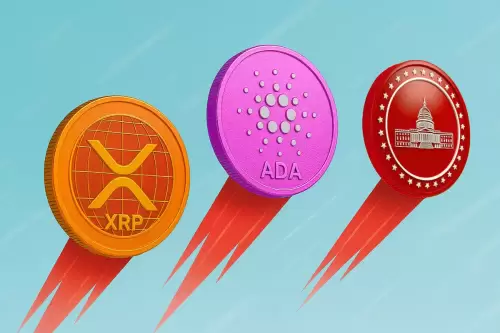 |
|
 |
|
 |
|
 |
|
 |
|
 |
|
 |
|
 |
|
 |
|
 |
|
 |
|
 |
|
 |
|
 |
|
 |
|
" I did organize and plan this project. I want to know how you found the operator behind it. From what I understand, it's impossible for you to find me."

The article discusses how public security agencies in China track cryptocurrency transactions and identify suspects in virtual currency criminal cases. It highlights several methods employed by the authorities.
1. **On-Chain Address Association Analysis:** This involves analyzing the transaction graph on blockchain browsers to identify common input and fund collection patterns between addresses. For instance, multiple addresses frequently transferring funds to the same target address can be inferred as controlled by the same entity. This analysis is commonly used in virtual currency pyramid scheme crimes and casino opening crimes.
2. **Exchange KYC Verification:** Mainstream virtual currency exchanges and digital wallet platforms are required by law to comply with Know Your Customer (KYC) and Anti-Money Laundering (AML) regulations. Law enforcement agencies can cooperate with exchanges to request the retrieval of suspect registration information, facial photos, financial information, deposit and withdrawal transactions, and other relevant data.
3. Handling Fees (Gas Fees), Transaction Hash Tracking: Every successful virtual currency transaction requires the payment of Gas fee (TRX/ETH, etc.). Investigators can trace the suspect's record of purchasing Gas fee from the exchange, leading them to the exchange account. Transaction hashes, unique to each transaction, can also be used to show transaction details and enable investigators to obtain the suspect's KYC information from the exchange.
4. Device Fingerprint and IP Association: Login IP and device ID (mobile phone IMEI and MAC address) can be used to associate the operation behaviors of multiple addresses and lock in the target. This method was employed by the FBI in tracking MIT hacker brothers who stole cryptocurrency.
5. Cross-Chain Exchange and Currency Mixing Cracking: Investigators can track the path of fund transfers through transaction hashes across cross-chain bridges and analyze mixers' input and output addresses using on-chain fingerprinting techniques.
6. International Cooperation and Stablecoin Freezing: Public security can request the issuer of stablecoins, such as Tether, to freeze funds at the addresses involved in the case. International cooperation is also possible.
7. Trace Back from the Final Withdrawal Flow: Virtual currency held by the suspect cannot be used directly for daily consumption in most countries, so there is always an outlet for black and gray industry transactions to exchange virtual currency for legal currency.
8. Abnormal Transactions Trigger Risk Control: Frequent fast-in and fast-out transactions can trigger the bank's risk control system, freezing bank cards. Similarly, in the Web3 world, rapid and large-scale funds in and out of an address can be considered suspicious and tracked by investigators.
The article concludes by mentioning that criminals may mistakenly believe that virtual currency transactions are anonymous and cannot be traced. However, legal authorities are increasingly equipped to handle such cases and cooperate with exchanges and international organizations to track down criminals and recover stolen funds.
Disclaimer:info@kdj.com
The information provided is not trading advice. kdj.com does not assume any responsibility for any investments made based on the information provided in this article. Cryptocurrencies are highly volatile and it is highly recommended that you invest with caution after thorough research!
If you believe that the content used on this website infringes your copyright, please contact us immediately (info@kdj.com) and we will delete it promptly.





























































